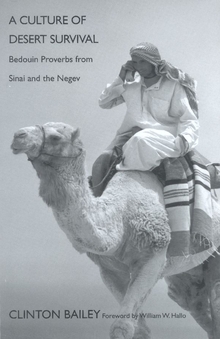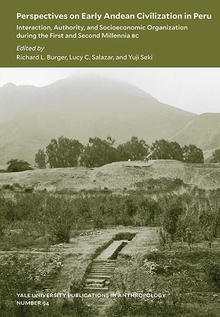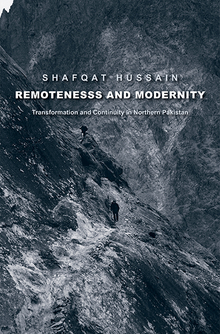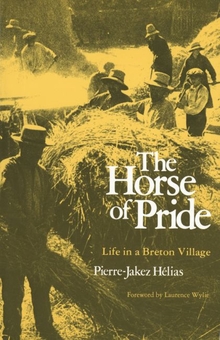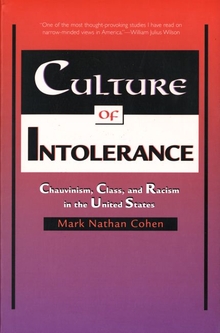The Natural History of the Soul in Ancient Mexico
WARNING
You are viewing an older version of the Yalebooks website. Please visit out new website with more updated information and a better user experience: https://www.yalebooks.com
Jill Leslie McKeever Furst
This fascinating, richly illustrated book explores basic Precolumbian beliefs about the soul among ancient Mesoamerican peoples. It focuses on the Central Mexican Aztecs—called the Mexica—who believed in multiple souls that animated the body, gave humans their shared and individual characteristics, and survived the body after death.
Drawing on a wide range of sources, including visual representations on Precolumbian monuments, colonial Spanish chronicles, early medical and travel accounts, and modern ethnography, Jill McKeever Furst argues that the Mexica turned not to mental or linguistic constructions for verifying ideas about the soul but to what they experienced through the senses. According to McKeever Furst, Mexica definitions and characterizations of the souls were influenced by their observations of human physiology—including birth, temperature changes in the body, normal aging, and the processes of death and dying—and by their experiences with their environment, specifically the lands near lakes that provided them with unusual visual and olfactory sensations (one of the souls is based on the odor of marshes). Providing as supporting evidence native beliefs about the soul in the ideologies of other Uto-Aztecan speakers ranging from the United States to Central America, McKeever Furst challenges deconstructionist theories that cultural phenomena are purely mental constructs.
Drawing on a wide range of sources, including visual representations on Precolumbian monuments, colonial Spanish chronicles, early medical and travel accounts, and modern ethnography, Jill McKeever Furst argues that the Mexica turned not to mental or linguistic constructions for verifying ideas about the soul but to what they experienced through the senses. According to McKeever Furst, Mexica definitions and characterizations of the souls were influenced by their observations of human physiology—including birth, temperature changes in the body, normal aging, and the processes of death and dying—and by their experiences with their environment, specifically the lands near lakes that provided them with unusual visual and olfactory sensations (one of the souls is based on the odor of marshes). Providing as supporting evidence native beliefs about the soul in the ideologies of other Uto-Aztecan speakers ranging from the United States to Central America, McKeever Furst challenges deconstructionist theories that cultural phenomena are purely mental constructs.
Jill Leslie McKeever Furst is professor of art history at Moore College of Art and Design in Philadelphia and consulting scholar in the American section of the University of Pennsylvania Museum.
"This book makes a significant contribution to our understanding of the soul in ancient Mesoamerica. McKeever Furst skillfully uses a methodology that combines evidence from textual, iconographic, biological (including floral and faunal), and ethnographic sources to explore Mexica (i.e., Aztec) understandings of the animating principles of the human body."—Philip P. Arnold, Journal of the American Academy of Religion
"This wonderful book enters into a fascinating world of life, growth, character formation, death, and afterlife utterly different from the eternally unitary soul concepts held by many contemporary Westerners."—Kay A. Read, Journal of Religion
"A wonderful, original book that should be on the bookshelves of all Mesoamerican and Native American scholars."—Bernard R. Ortiz de Montellano, author of Aztec Medicine, Health, and Nutrition
"An outstanding book. It is well-organized and its notes are kept to a minimum, which aids the flow of reading. Its many illustrations, whose redrawing by Furst lends uniformity, are taken from a range of native sources and illustrate her points well. Most importantly, by faithfully considering in detail what the Mexica observed of their own bodies and in their environment, Furst demonstrates her assertion that their concept of self and religion wasn't invented randomly, but is logically based. That she not just persuasively but compellingly ties together such bases for Mexica spiritual thought is evidence of Furst's ability to separate clearly the ordinary from the extraordinary, and place herself starkly in the midst of the Mexica world."—Erika Hewitt, Tulane University (Human Mosaic)
"Furst is definitely on to something. Her explanations are plausible and touch on the universal."—Stephan D. Houston, Cambridge Archaeological Journal
"This is a fascinating study of the interplay between the environment and thought in ancient societies."—British Bulletin of Publications
"The author draws on a wide range of sources, including Spanish chronicles, studies of indigenous culture written by Spanish friars, native codexes, archaeological remains, and modern ethnography."—Rebecca Horn, Religious Studies Review
ISBN: 9780300072600
Publication Date: September 23, 1997
Publication Date: September 23, 1997
242 pages, 6 x 9
32 b/w illus.
32 b/w illus.


